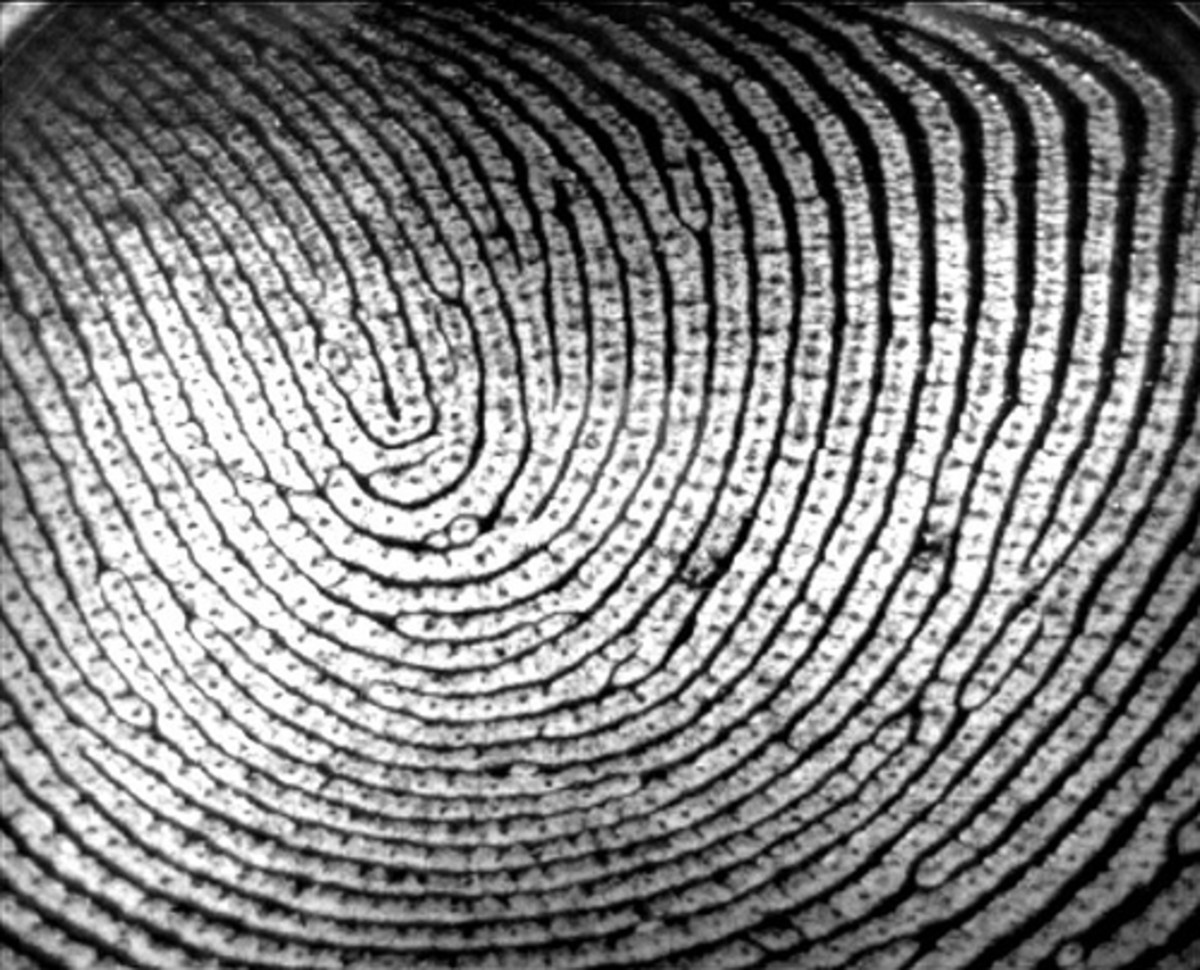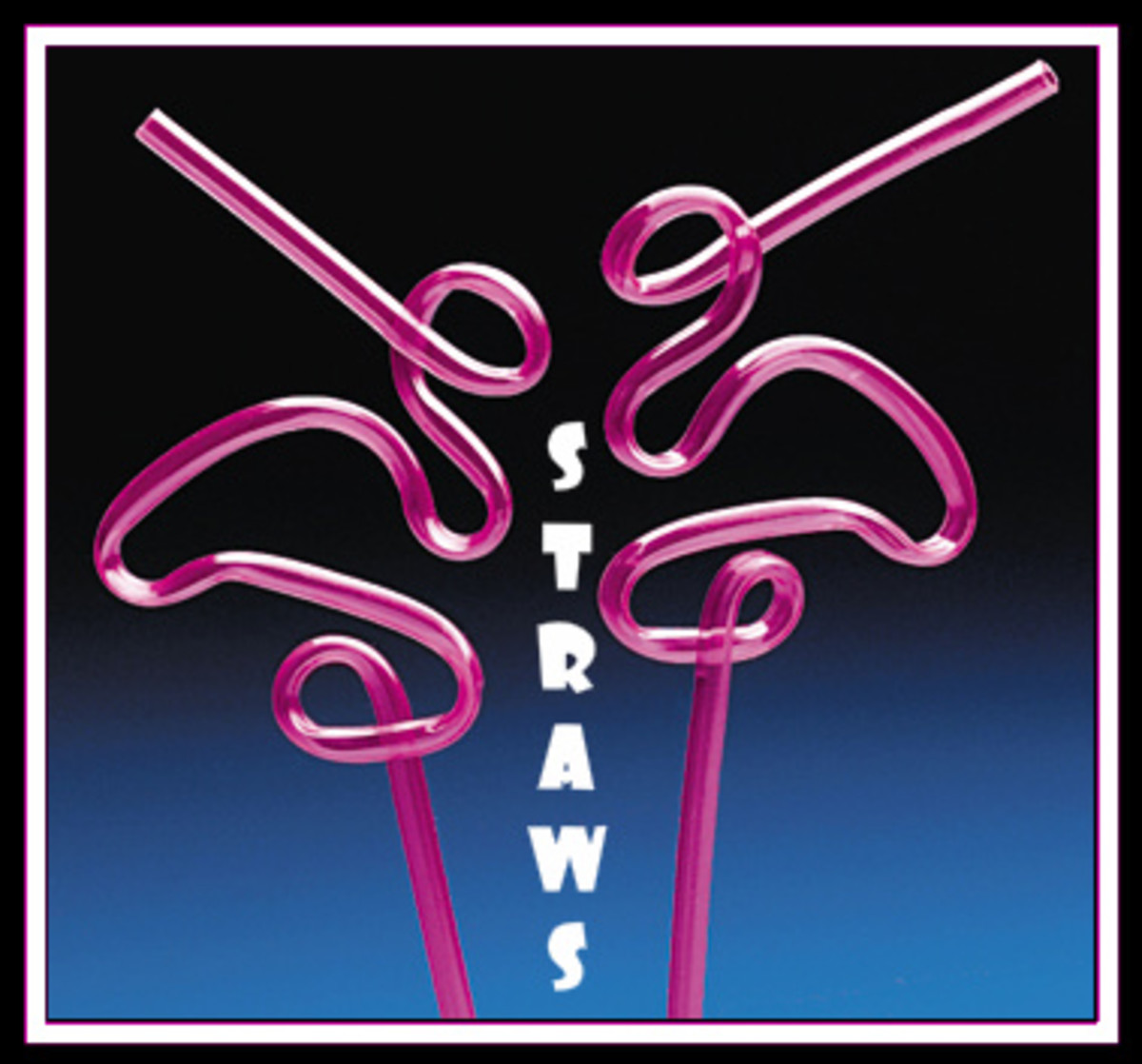The Ecocolumn-Do's and Don'ts
Successes and Failures
Each year I undertake 'The Ecocolumn' with my AP Environmental Science students I promise myself to never do it again. The 2013-14 school year is my sixth year doing the long term study. This lab experiment can be used middle school students and beyond. I've even come across samples created by elementary school students.
Why do it? It covers so many standards! The kids love it and LEARN from it even with there are failures with the experiment.
Why do I say NEVER AGAIN? Two liter soda bottles must be collected...not as easy as it sounds. The Ecocolumn must be designed and constructed...if you don't like having several balls in the air during lab time...don't construct during class. After Ecocolumns are constructed they must be filled and maintained. Students have dropped Ecocolumns...the clean up...AND the smell can clear a classroom. The smell....the smell.... luckily we don't have this problem often.
If you are still with me...read my do's and don'ts.
DO
- Allow at least two weeks of bottle collection. Soda bottles by the same manufacturer fit together much easier.
- Collect more bottles than you think you will need.
- Require the bottles are cleaned with hot water.
- Place holes in the bottle caps in advance. Use a drill or burn the holes in the cap with a hot metal probe. A student volunteer usually burns the holes in caps with a candle to heat the probe. Wipe the probe a few times to prevent buildup of plastic.
- Show the students how to cut the bottles.
- Have a dedicated space in the classroom for the Ecocolumns. I was lucky enough to find 2 Liter soda bottle crates (behind a drugstore). These are useful if someone bumps the bottles there is no domino effect.
- Have plenty of paper towels...one spill can use up a roll.
- Show the students how to lift their filled Ecocolumn (holding the bottom).
- Partially change the water in the aquatic chamber if you will be running the experiment more than one week. If you allow the students to do this, consider using an outside space due to the smells and spills.
- Prepare water for the aquatic chambers as you would for an aquarium. One gallon will allow at least three changes for one Ecocolumn.
- Have extra aquatic plants on hand. The more in the aquatic chamber...the better.
DON'T
- Allow students to use fruit, meat or egg scraps in the decomposition chamber...unless you love fruit flies and horrible smells that linger.
- Allow students to overfill the aquatic chamber with consumers. One or two small fish and a small snail are plenty.
- Use too much fertilized water with the plant...eventually this will reach your aquatic chamber.
- Allow students to over feed the fish.
- Use full size algae wafers for your aquatic snails. Your water quality will quickly degrade...change color...and smell.
- Use 'cheap' fish. I have used feeder fish for years. Every year 25% of them die before even getting into the Ecocolumn...students who purchased their own materials have been successful with Betta fish and Algae Eaters.
- Get discouraged. It REALLY is worth your time and headache!





